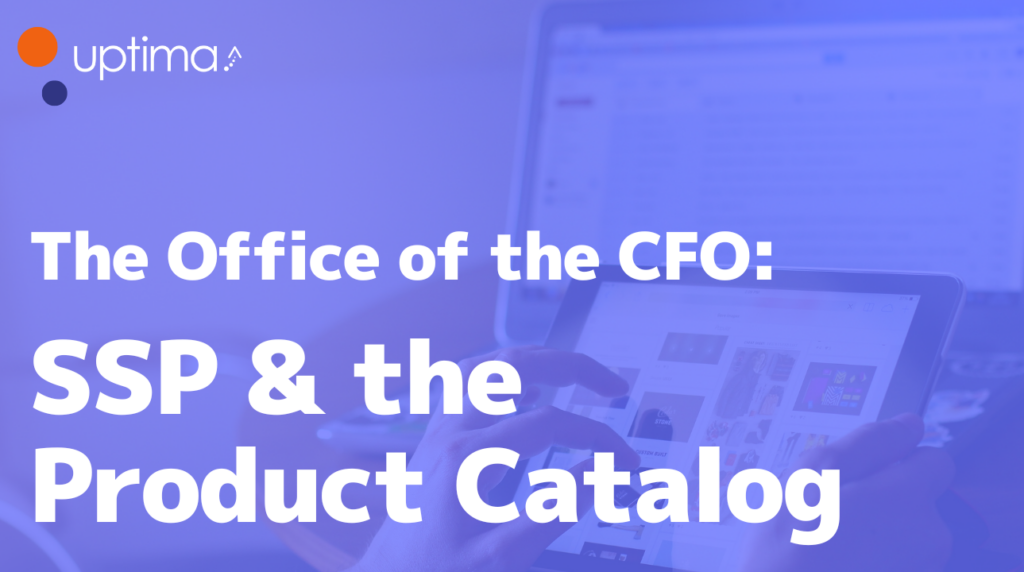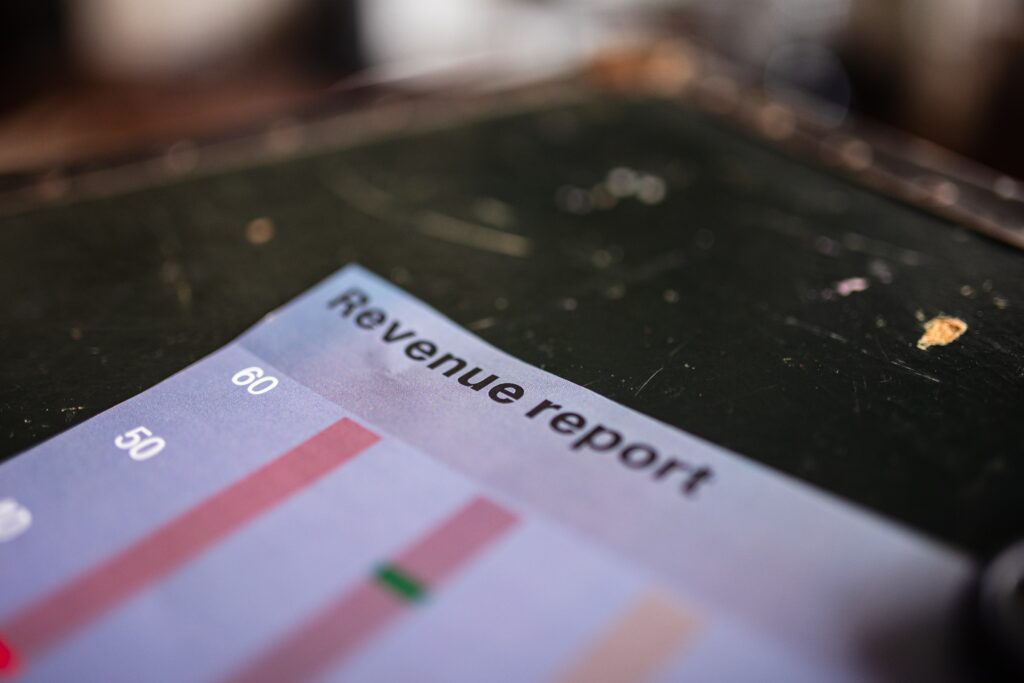
Standalone Selling Price. SSP. ASC 606. When speaking with clients, oftentimes these terms are seen by clients, especially financial stakeholders, as new, burdensome processes to learn while also having to juggle Financial Operations. However, it doesn’t have to be.
Standalone Selling Price, as it relates to your product catalog, isn’t really anything new, and understanding it doesn’t take a rocket scientist. It’s simply the application of a price to a product, as if you were going to sell the item on its own, aka the “Selling Price” if the item was sold “Standalone.” From there, we can apply this value to each of our products in our catalog.
Ok, well that was easy. Revenue Recognition is done! Thanks for making our work so short and sweet, FASB!
Not so fast. While the definition of the Standalone Selling Price can be easily derived and applied to a product catalog, its intricacies and application get a little bit more complicated as we manage a business’ sales, especially when bundling and marketing promotions come into play. When items are discounted or bundled, and the overall sold-total is less than if each item were sold a la carte, we are going to need to refactor our revenue for recognition purposes.
Thankfully, when we really take a moment and think about the interaction of the above, we can find some quite common examples of scenarios where SSP comes into play, and we can see how Salesforce and Revenue Recognition engines (such as Right Rev, etc.) can help our customers’ lives become a bit more efficient.

Let’s take a common sales promotion tactic from an industry everyone deals with: wireless phone service. For instance, a fictional company, “Berizon,” provides cellular service across the US and would love for you to come trade in your Brapple 105 Extremely Pro Max phone for the significantly more superior Spamsung Universe S742 MegaUltra model.
You, being super savvy in your finances, aren’t sure if it’s worth upgrading. Berizon helps you make your mind up by offering a neat BOGO deal, for both the phone and the service. Nice, now you can get a new phone and you can get one for your daughter. Christmas is made.
So, how does this relate to the sale of the phone? Normally, one phone lists at $1000 and the service is $1200 a year. If you get two phones, the second is $900 list price, with $900 per year in fees. (Looks painful when you see it like that, doesn’t it? I about fell out of my chair.) However, we are getting a BOGO plan. This means we will pay $1000 for the phones and $1200 for the year. Look at all that money saved that you can spend on a pony for said daughter next year. Or not. So we have one phone paid for, and one phone free.

Now imagine you’re on the finance team at Berizon. We know nothing in life is free, and we’ve got Rev Rec to do…so time to get out the spreadsheets.
Just kidding. Remember, above we already entered the Standalone Selling Price into our Salesforce Product Catalog. $1000 for the phone, $1200 for the annual contract. When we take a look at the overall products sold, we see a grand total of $1000 for the phones and $1200 for the service, when the grand total for all items a la carte would have been $2000 for the phones and $2400 for the service.
From there, we can easily see that each phone comprises 50% of the value of the hardware, and 50% of the value of the service. We probably don’t need a complex Rev Rec engine to help us recognize $500 per phone up front, and defer $600 per phone out over the next year.
However, most scenarios, bundles, and marketing promotions aren’t so straight forward. This is where we come into the picture.

We live to work in the complex scenarios: where expansive product catalogs are grouped into beneficial product groups and bundles and sold at a discount, or where marketing and sales promotions have led to items or grand totals being slashed.
That’s where our clients see the benefits of having Uptima guide them through implementing Salesforce and a complementary Revenue Recognition engine.
Through entering each item’s SSP, we help our clients by allowing the Revenue Recognition system to do the complex revenue allocations and refactoring, so that our client can rest assured that the proper amount of revenue has been weighted to the correct contract line items and is deferred or recognized in the correct periods.
We’ve been through this time and again, and we’ve seen the benefit of automation. No one likes spreadsheets and/or manual calculations, and we know this.
Check out Part 5 of this series, Revenue Forecasting, Reporting, Leakage and Churn, all in Salesforce, coming soon!
For more details about our 7-part series, visit our original post here: https://uptima.com/our-new-series-the-office-of-the-cfo-enabled-through-salesforce/
Written by Sean Philbin, Sr. Practice Director Revenue Cloud, revenue specialist by week day, race car driver by weekend, at Uptima.